L’Amphithéâtre Flavio (Colisée)
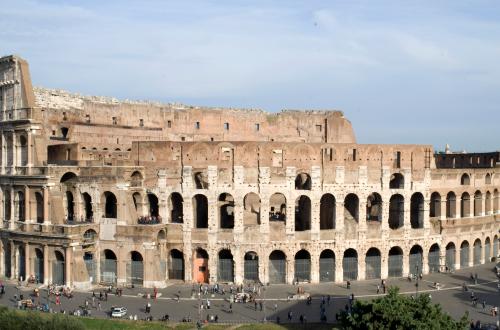
 Condividi
Condividi
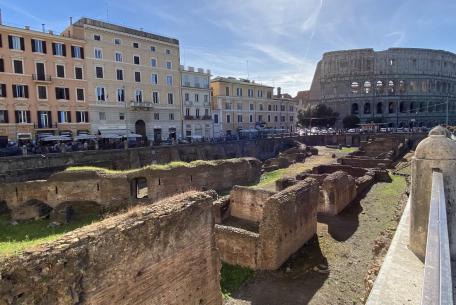
Pas loin du Colisé, entre la Via Labicana et la Via San Giovanni in Laterano, on peut observer les ruines du
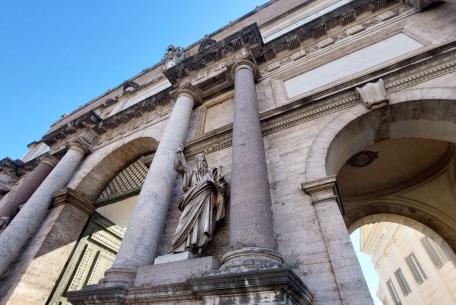
A l’origine la Porta del Popolo (Porte du Peuple) s’appelait Porta Flaminia parce qu’elle marque le début de la rue consulaire Via Flaminia.
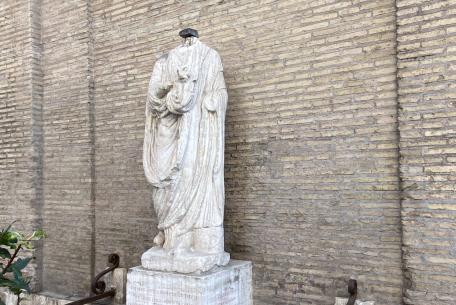
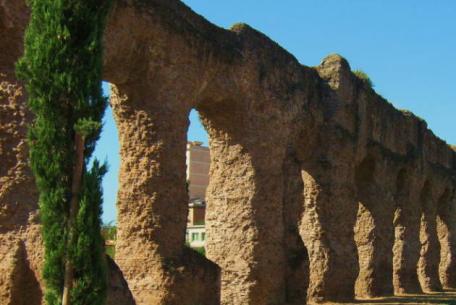
L'aqueduc d'Alexandre (Aqua Alexandrina) est le dernier des grands aqueducs romains, dans l'ordre chronologique.
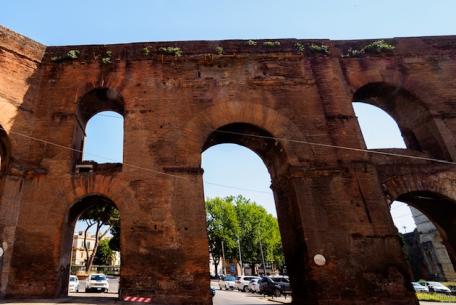
L'aqueduc de Néron, également connu sous le nom de « aqueduc de Celimontano », s'étend, avec ses arches, le long d'un parcours allant de la Piazza di Porta Maggiore au Colle Celio,
[...]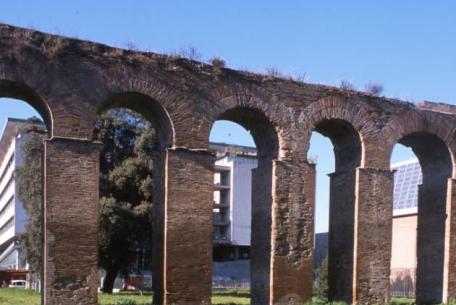
L'aqueduc, provenant de la zone de la Porta Tiburtina, se dirige vers la zone de la
[...]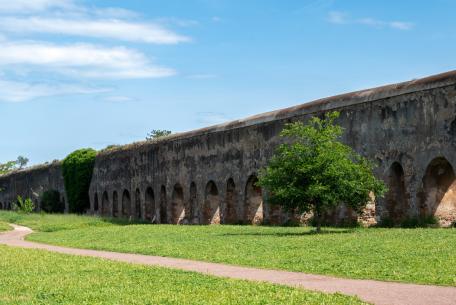
L'aqueduc Felice porte le nom du pape Sixte V – né Felice Peretti – qui l'a fait construire au XVIe siècle.
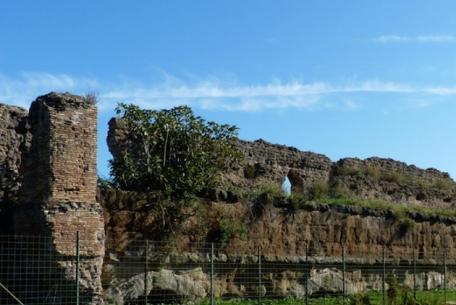
L'aqueduc Marcius était l'un des plus longs aqueducs romains et a été construit par le préteur Quintus Marcius Re en 144 av.
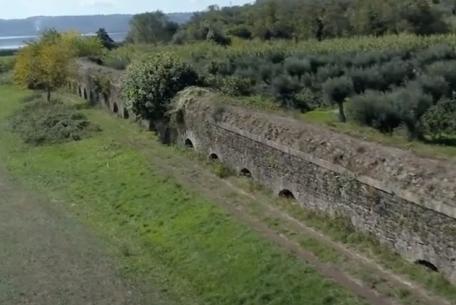
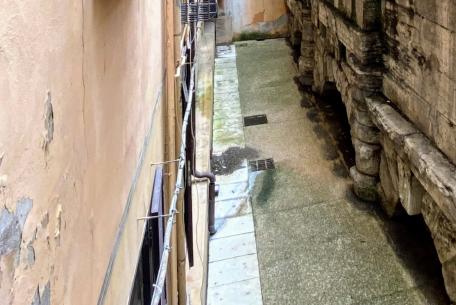
Les vestiges architecturaux de la via del Nazareno constituent la partie la plus importante encore visible de l'itinéraire urbain de l'Aqueduc Vierge.
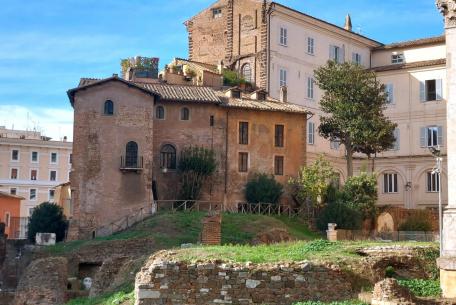
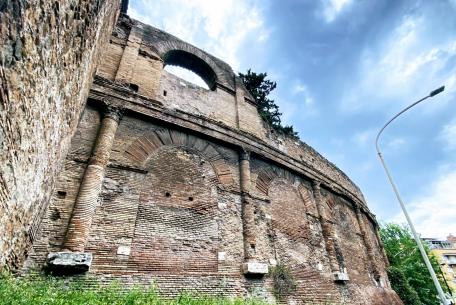
À côté de la basilique de Santa Croce in Gerusalemme, dans le
[...]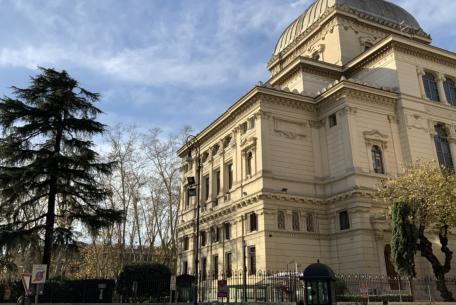
Enfermé entre le Lungotevere de' Cenci, la Via Arenula, la Via dei Falegnami, la Via de' Funari, la Via della Tribuna di Campitelli et la Via del Portico d'Ottavia, le quartier juif de Rome est l'<
[...]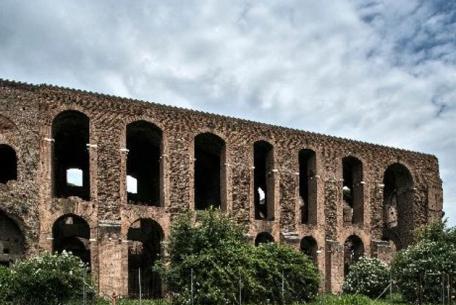
Les Arcades sévériennes sont situées sur la partie la plus extérieure du P
[...]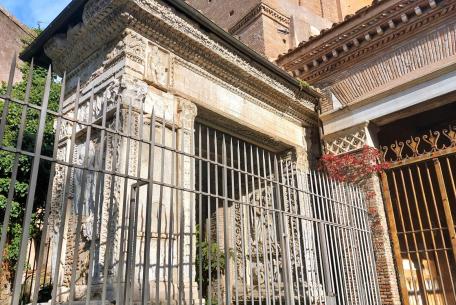
L'Arc des Argentari malgré son nom est en réalité une modeste porte architravée construite en 204 après J.-C.
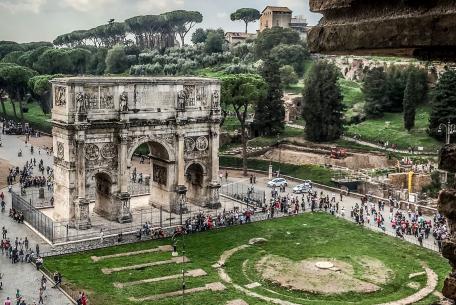
C'est le plus grand des trois arcs de triomphe encore conservés à Rome, d'environ 25 mètres de haut, situé le long de la route habituellement parcorue par les triomphes, dans la se
[...]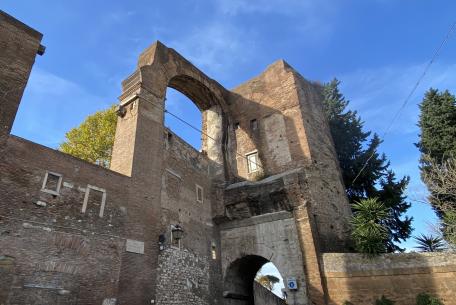
Dans l'Antiquité, la colline de Caelius, sur laquelle s'étend le rione du même nom, était appelée Mo
[...]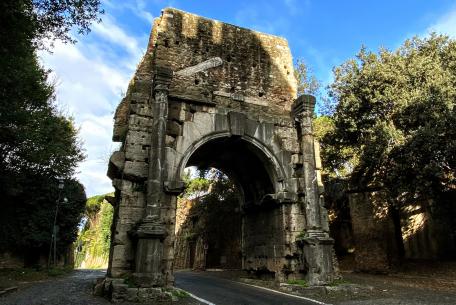
L'arc de Drusus est l'un des derniers segments de l'aqueduc d'Antonin qui traversait la Via
[...]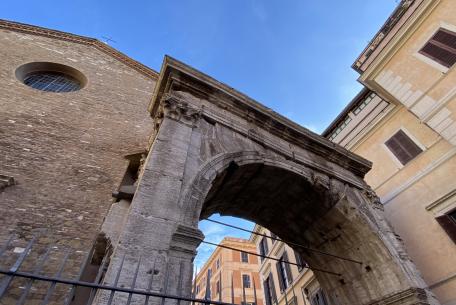
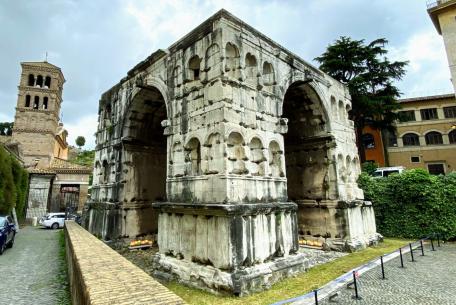
Il s'agit du dernier bâtiment monumental construit dans la partie orientale de l'ancien Foro Boario, une vaste zone profondéme
[...]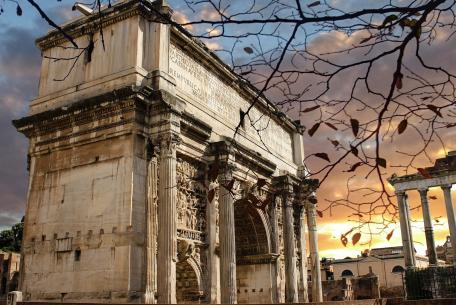
« À l'empereur César Lucius Septimius Severus, Pertinax, fils de Marcus, le Pieux, Père de la patrie, Parthique arabique, Parthique adiabénique, grand pontife, ayant détenu 11 fois la puissance
[...]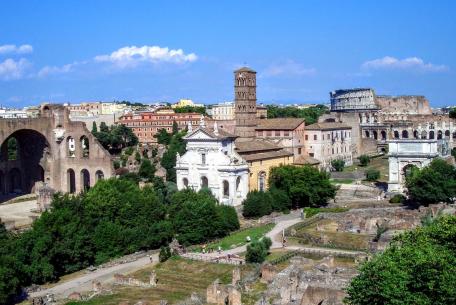
« SENATUS POPULUSQUE ROMANUS DIVO TITO DIVI VESPASIANI F(ILIO) VESPASIANO AUGUSTO », ou « Le Sénat et le peuple romain au divin Titus, fils du divin Vespasien, Vespasi
[...]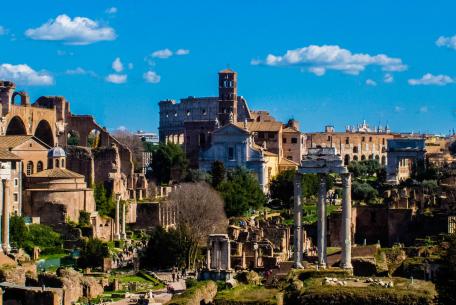
Les Forums Impériaux sont un complexe architectural unique au monde, composé d'une série de bâtiments et de places monumentales, centre de l'activité politique de la Rome antique,
[...]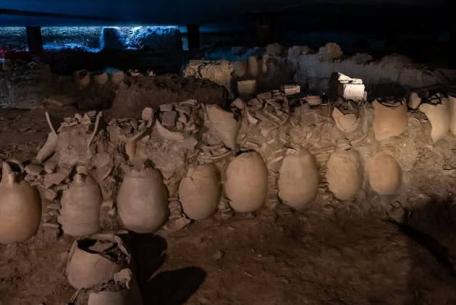
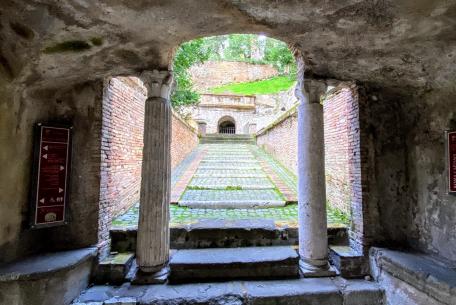
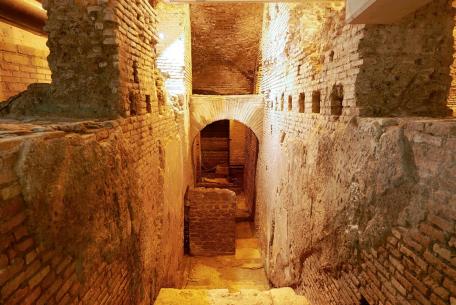
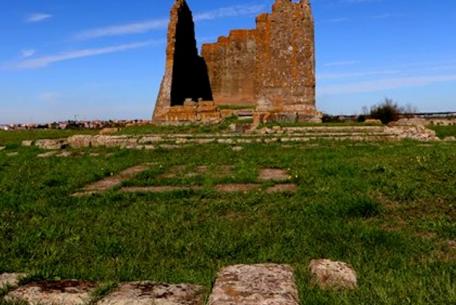
Le site archéologique de la ville de Gabii est situé le long de l'ancienne via Prenestina, à environ 20 kilomètres de Rome, près du lac volcanique de Castiglione,
[...]
 Condividi
Condividi
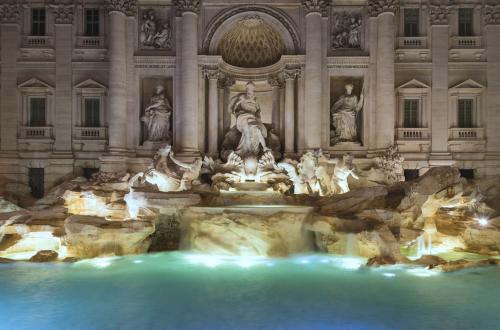
 Condividi
Condividi
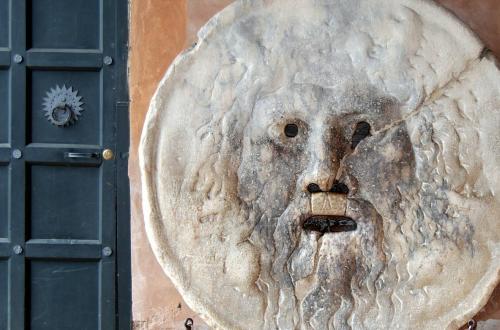
 Condividi
Condividi
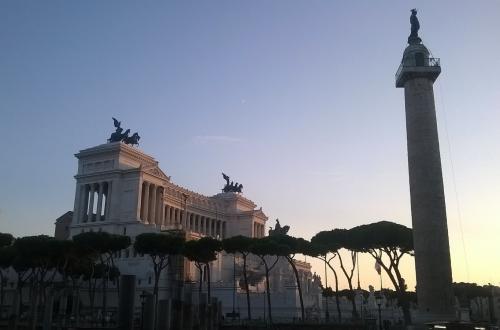
 Condividi
Condividi
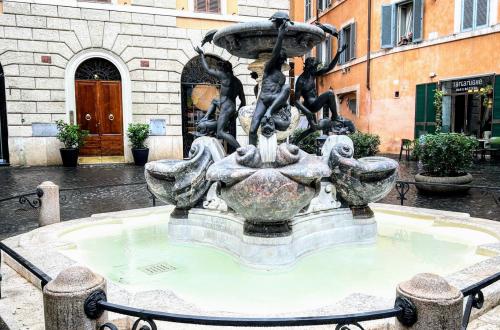
 Condividi
Condividi
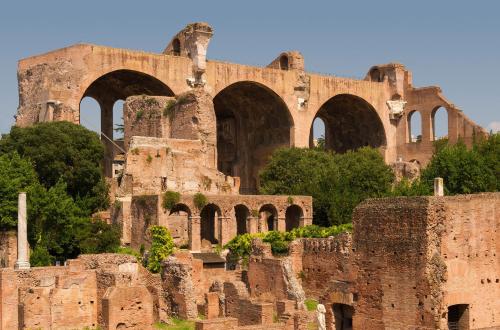
 Condividi
Condividi